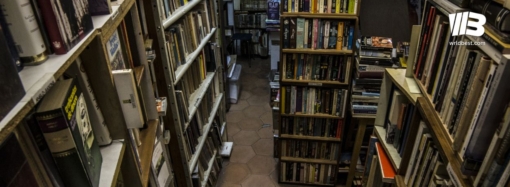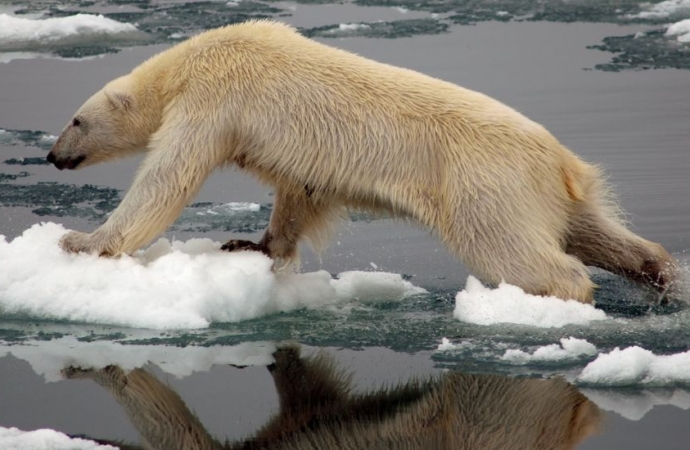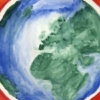That moment stayed with me. It was a reminder that our smallest actions can cause unintended harm, yet they also carry the potential for redemption.
I still remember the silence. It wasn’t the comforting kind but the eerie, deafening quiet that settles after heartbreak. I was volunteering at a wildlife rehabilitation centre when I witnessed it—a family bringing in a baby bird they had accidentally injured while trimming hedges. The father cradled the tiny creature in his hands, his eyes filled with guilt and helplessness. That moment stayed with me. It was a reminder that our smallest actions can cause unintended harm, yet they also carry the potential for redemption.
This memory returned to me recently as I watched Nuisance Bear, a short documentary by Jack Weisman and Gabriela Osio Vanden. The film’s 14 minutes hit harder than many full-length features. It follows a lone polar bear navigating the outskirts of a Canadian town, searching for scraps among human waste. The bear, majestic yet out of place, moves cautiously but with growing desperation.
The documentary reveals a tragic truth: polar bears, once symbols of untamed wilderness, are now forced into human spaces as their Arctic homes disappear. This isn’t just a story of a single bear but a haunting reflection of our fractured relationship with the natural world.
A Metaphor for Survival
In Nuisance Bear, the camera captures more than just the bear—it exposes the dissonance between human convenience and environmental cost. The bear, driven by hunger, scavenges through garbage instead of hunting seals on the ice. Its behaviour, unnatural and sad, mirrors the grim reality of climate change.
Melting sea ice has drastically altered the Arctic ecosystem. Polar bears, who rely on ice to hunt and travel, are losing their footing—both figuratively and literally. As temperatures rise, these apex predators face a struggle for survival, often crossing paths with humans in ways that endanger both.
The film urges us to question our impact: How much more of nature are we willing to sacrifice for our way of life?
Polar Bears on the Brink
“Without you, there is no them.”
The plight of polar bears isn’t just a distant tragedy. It’s a wake-up call. Organizations like Polar Bears International (PBI) are at the forefront of this fight. PBI focuses exclusively on polar bear conservation, advocating for climate policies that preserve Arctic sea ice and funding research to monitor bear populations. Through global campaigns and education, they inspire people to take meaningful action.
Similarly, the World Wildlife Fund (WWF) collaborates with communities and governments to protect polar bears. They push for stronger climate action and conduct field research to inform conservation strategies. WWF reminds us that saving polar bears requires saving the Arctic itself—a mission intertwined with the fight against global warming.
For those seeking knowledge, the Polar Bear Science Blog by Dr. Susan Crockford offers an accessible dive into polar bear ecology and research. It’s a resource for anyone eager to understand the challenges these animals face and the science behind their survival.Even the tourism industry plays a role. Churchill Wild, an eco-tourism company in northern Canada, combines breathtaking polar bear safaris with education and conservation efforts. Their blog shares stories of these magnificent creatures, emphasizing sustainable travel as a way to connect with nature without harming it.
Finding Hope Amid Despair
“Polar bears rely heavily on sea ice for traveling, hunting, resting, mating and, in some areas, maternal dens. … As their sea ice habitat recedes earlier in the spring and forms later in the fall, polar bears are increasingly spending longer periods on land, where they are often attracted to areas where humans live.”
While polar bears face immense challenges, their story isn’t one of hopelessness—it’s a call to action. The solutions start with us. Reducing carbon footprints, supporting conservation efforts, and spreading awareness are steps anyone can take.
Consider partnering with organizations like PBI or WWF, whether through donations, advocacy, or personal lifestyle changes. Educate yourself using resources like Dr. Crockford’s blog or Churchill Wild’s accounts of responsible eco-tourism.Most importantly, let stories like Nuisance Bear move you to reflect. These bears are more than symbols of climate change; they’re living beings, struggling to adapt to a world we’ve reshaped.
Conclusion: Extending the Circle of Care
The silence I felt that day at the wildlife centre wasn’t just sadness—it was a call for compassion. We may not hold a polar bear in our hands, but we’re just as responsible for their survival.
The tragedy of polar bears walking on breaking ice is also a reflection of us walking a similar path. But we can choose differently. Let’s extend our care beyond our immediate circles, remembering that love for nature is also love for ourselves.
Now is the time to act, before the ice shatters beyond repair.
To get even more inspiration check out 5 Healthy-Eating Specialists Across North America to Transform Your Diet on Let’s All Eat Right Day and Juan Felipe Herrera’s Tribute to San Diego and Los Angeles’ Linguistic Heritage Through Poetry.
3 comments



























3 Comments
Miranda Lopez
February 25, 2025, 2:49 pmMy kids were upset looking at this. but it's important they understand what's happening to our planet
REPLYLeticia
February 27, 2025, 8:56 am💔 Heartbreaking to see this.. Humanity needs to act while we can
REPLYKasper
February 27, 2025, 11:47 amJust set up a monthly donation. Every bit helps
REPLY